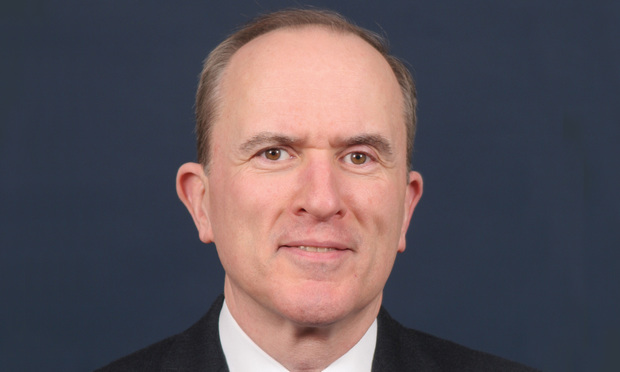By way of background, let’s start with a short Medicare primer. The federal Medicare program is a government health insurance program that pays for certain health care services for individuals who are 65 or over and have paid into Social Security and Medicare through payroll taxes for the required periods; certain younger people with disabilities; and individuals with End Stage Renal Disease. The Medicare program consists of four Parts. Part A covers inpatient stays in a hospital, nursing facility or hospice, and also covers some home health care. Part B covers physician services, outpatient care, medical supplies and equipment, and preventive services. Part C is essentially Medicare Part A and Part B combined into managed care coverage offered through private insurers—commonly known as Medicare Advantage Plans—that Medicare beneficiaries can opt into. Part D provides prescription drug coverage through insurance companies, pharmacy benefit managers, and other private entities approved by the Centers for Medicare and Medicaid Services (CMS), which is part of the U.S. Department of Health & Human Services (HHS).
Medicare Part A and Part B are referred to as Traditional Medicare, and services are billed primarily on a “fee-for-service” basis. For decades, the Medicare program has required providers who wished to provide medical care, items, or services to Medicare beneficiaries under Part A or Part B to formally “enroll” in the program and obtain a Medicare provider number. For example, when a physician provides Part B medical services in the office to a Medicare patient, the physician must be an enrolled provider with Medicare, and the physician’s office would submit a bill for services rendered to a Medicare intermediary for a Part B payment. When Part C, the Medicare Advantage Plans, and the Part D Medicare prescription benefit programs were established, the enrollment requirement continued for any provider rendering services or prescribing drugs under these benefit programs.


 Francis J. Serbaroli
Francis J. Serbaroli




